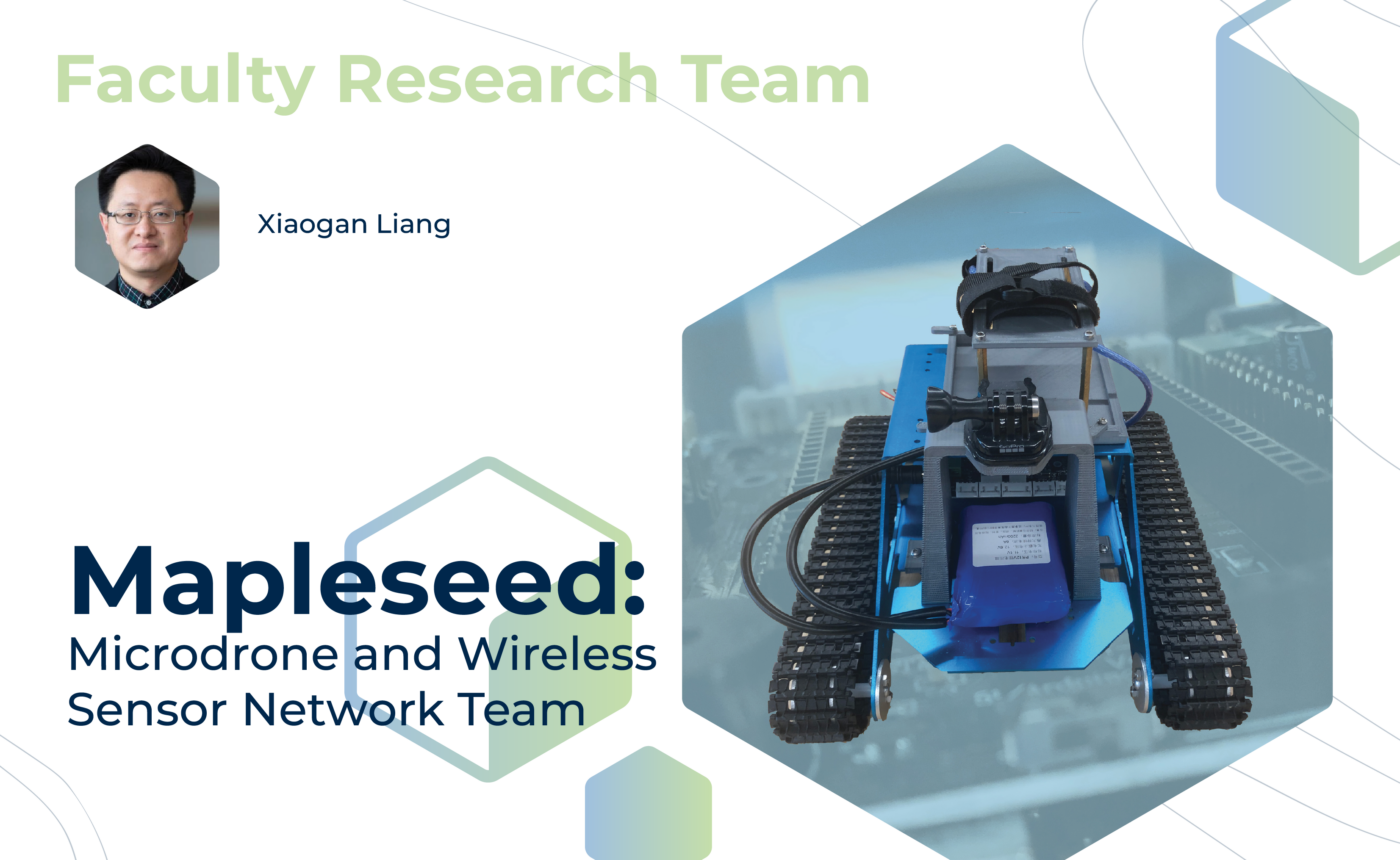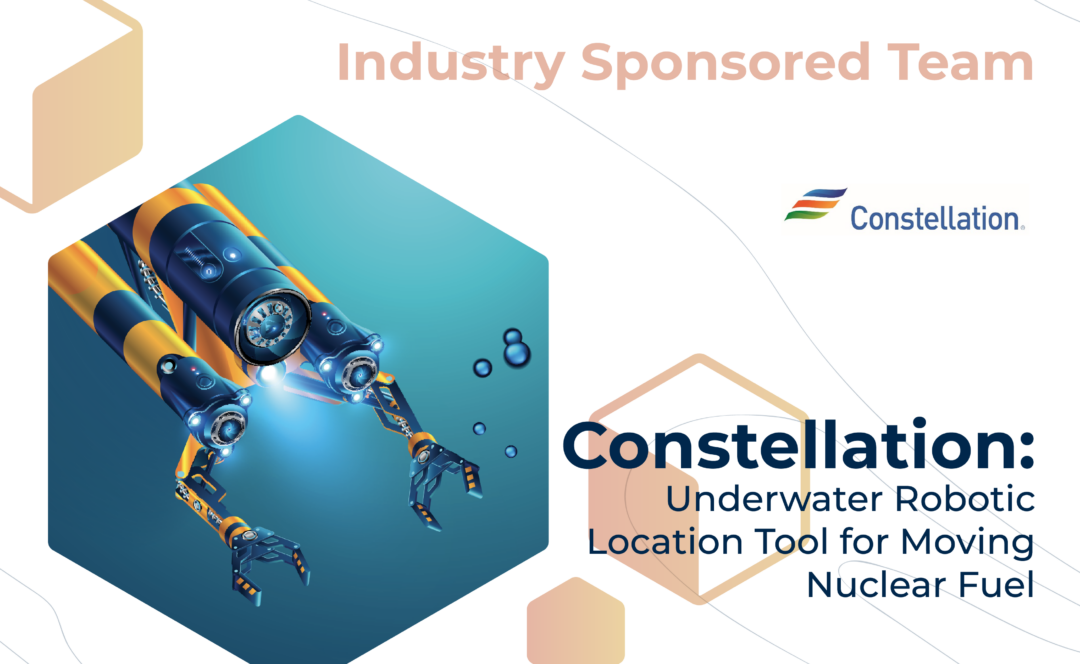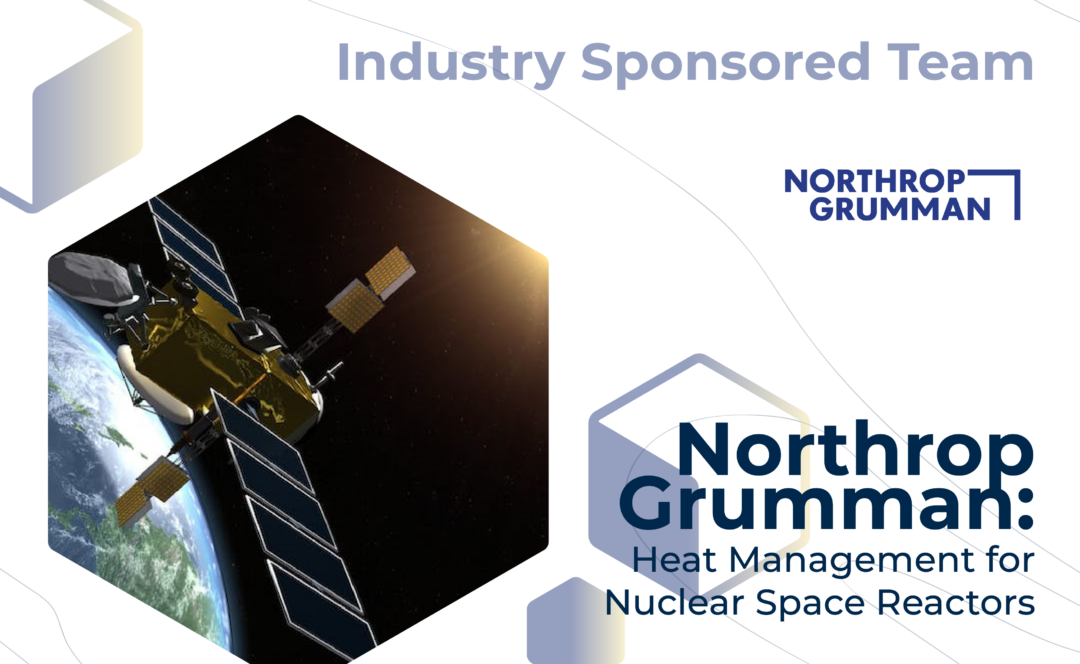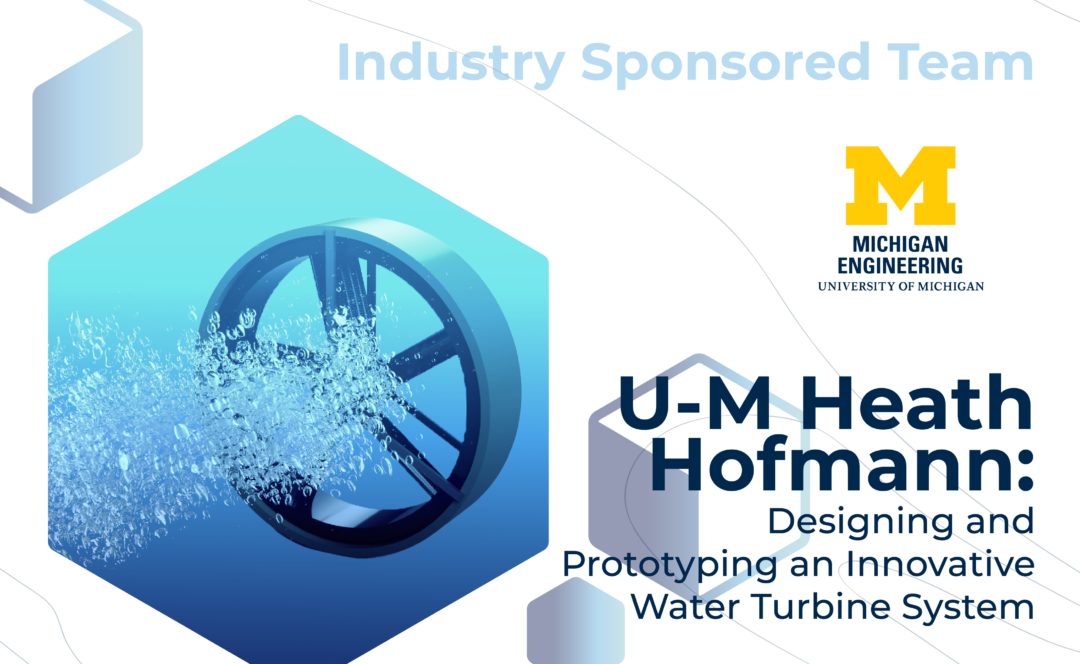– Clear
Wireless sensor networks (WSN) are needed for studying Earth’s climate and for real time monitoring of the spread of viruses or pathogens such as those related to Covid-19. The Mapleseed team aims to develop miniaturized robotic vehicles (e.g., microdrones, mini-airplanes, and rovers) capable of carrying various sensors and automatically measuring certain atmospheric parameters and particle/virus concentrations in targeted spaces.
ASML manufactures complex lithography systems critical to the production of microchips, which use high-acceleration linear stages to accomplish incredibly precise tasks. Students on the ASML team will study the dynamics of rolling loops of wires and hoses on these systems, conducting research to develop a simulation of their dynamic behavior, and build a physical test rig to directly measure the resulting motion profiles.
Every year, Constellation Generation moves thousands of nuclear fuel bundles safely in and out of reactor cores in a challenging underwater environment, which is heavily dependent on humans to ensure reliability. Students on this team will aim to eliminate the human element of this critical task, by adapting a robotic tool for underwater nuclear use, reducing the risk of an error.
The future of long-range space exploration will require on-board nuclear space reactor power, which generates a significant amount of heat. Students on the Northrop Grumman nuclear team will study and design efficient and deployable heat-mitigation devices, enabling long-range human missions, and unlocking the full potential of advanced power and propulsion systems.
University of Michigan electrical engineering professor Heath Hofmann developed a novel electrical generator for water turbines that needs an equally novel water turbine design to evaluate its performance. Students on this team will design and prototype a novel renewable energy system, focusing on efficiency, durability, and overall performance.





